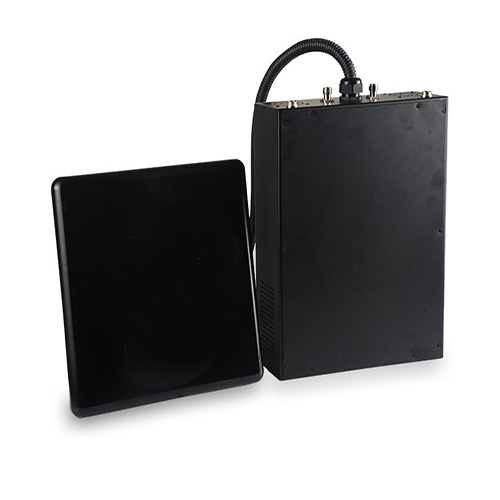Drone jammer has become a section that must be mentioned and expanded in the field of UAV. According to the principle of UAV itself, the countermeasures adopted by the UAV countermeasure system generally include radar detection, radio detection, optoelectronics Keep track of these. However, considering the market demand for UAV anti-gun equipment at different prices, Shenzhen UAV anti-gun manufacturer Texin Electronics has launched a cost-effective drone signal jammer system.
Drone anti-jammer system radio: (detection)
At present, the frequency bands of Chinese drones are all 1.5G, 2.4G and 5.8G frequency bands
Automatic search, discovery, identification and direction finding of illegal intrusion drones by radio detection and direction finding subsystem
The radio detects whether there is a drone through the frequency band, so even if there is an obstacle, as long as the drone emits the corresponding frequency band, it can be detected.
The question is: why use radar detection when radio detection is used?
The radio can't detect a drone that is flying silently, what is silent flight?
Silent flight: To put it bluntly, it is a flight that uses navigation to set a route.
Photoelectricity of drone gun jammer system: (tracking)
Optoelectronics is actually a tracking system. When the radio and radar find the UAV, it will track and lock to provide positioning for interference strikes.
Visible light surveillance (color, black and white): for day or daytime object detection, verification and tracking
Infrared thermal sensors: Can be applied to detect infrared rays emitted to targets and identify drone targets in complete absence or low light conditions.
Infrared laser monitoring technology: used to improve target monitoring resolution under glare conditions at night
Radar of drone jammer device system: (detection)
Electronic scanning radar: It may be tens of millions on the expensive side, and friends with a small budget should not consider it
Machine scan radar: scan left and right, 6s circle, the radar needs to scan the object 3 times to determine, that is to say, 6*3=18s to determine the object, which will give some drones a chance. (The situation that the drone cannot be detected by flying in the air is caused by this machine-scanning radar)

Phased array radar: 4-5 planes, the angle between the plane and the plane is 90°, 1.5 seconds to determine a point, 1.5*3=4.5s to determine the object, so that the drone has no chance. It is the most used radar for all UAV countermeasures on the market (strongly recommended), so the systems using phased array radar (also known as 4-area array radar) in the UAV countermeasure system on the market are all good systems.
But in practice, you will encounter such a situation. When the drone sees the radar, it looks for obstacles to hide, such as behind trees or other obstacles, and the radar cannot find the drone.
The drone scrambler system can curb the chaos of UAVs being overbearing and pervasive.





